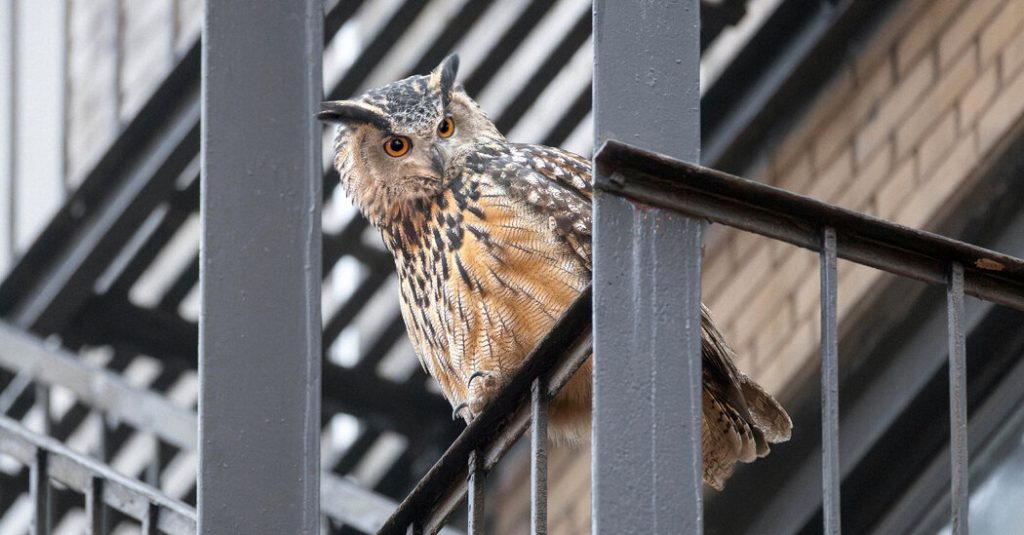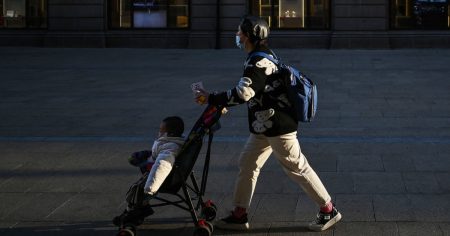Flaco, the Eurasian eagle-owl who escaped from the Central Park Zoo and lived on the loose in New York City, died last month after striking a building on the Upper West Side. The necropsy conducted on Flaco by Bronx Zoo pathologists revealed that he had potentially lethal amounts of rodenticide in his system, as well as a severe pigeon virus. These findings validated concerns about the hazards faced by free birds in urban settings, such as Manhattan. Flaco was nearly 14 years old at the time of his death.
The Wildlife Conservation Society, which operates the Central Park and Bronx zoos, stated that Flaco’s severe illness and death were attributed to a combination of factors including infectious disease, toxin exposures, and traumatic injuries. This highlights the dangers that wild birds face, particularly in urban environments. The society expressed concern for the well-being of birds living in cities, where they may encounter harmful substances and face increased risks of injury.
Flaco’s escape from the Central Park Zoo and subsequent life on the loose captured the attention of New Yorkers and garnered widespread interest. His story served as a reminder of the challenges that wildlife can face, even in a bustling metropolis like New York City. The circumstances surrounding Flaco’s death raised awareness about the importance of conservation efforts and the need to protect animals from potential threats in their environment.
The findings from Flaco’s necropsy shed light on the dangers of exposure to rodenticides and infectious diseases for wild birds. These hazards, combined with the risks of traumatic injuries, underscore the many challenges that urban wildlife must navigate on a daily basis. Flaco’s death serves as a cautionary tale about the potential consequences of living in a city as a free bird, where encounters with toxins and other harmful substances are a constant threat.
As a developing story, more information may be forthcoming about Flaco’s death and the impact it has had on the local community. The Wildlife Conservation Society remains committed to protecting and conserving wildlife, and will continue to monitor and address issues that affect animals in urban environments. Flaco’s story serves as a poignant reminder of the fragility of nature and the need for ongoing efforts to ensure the well-being of wild birds and other creatures living in proximity to humans.
In conclusion, Flaco’s death highlights the complex challenges faced by urban wildlife and the importance of conservation efforts to protect animals from harm. The findings from his necropsy underscore the risks of exposure to toxins and infectious diseases, as well as the prevalence of traumatic injuries in free-ranging birds. As Flaco’s story continues to unfold, it serves as a powerful reminder of the delicate balance between humans and wildlife in urban environments, and the need for continued vigilance in preserving the natural world.













